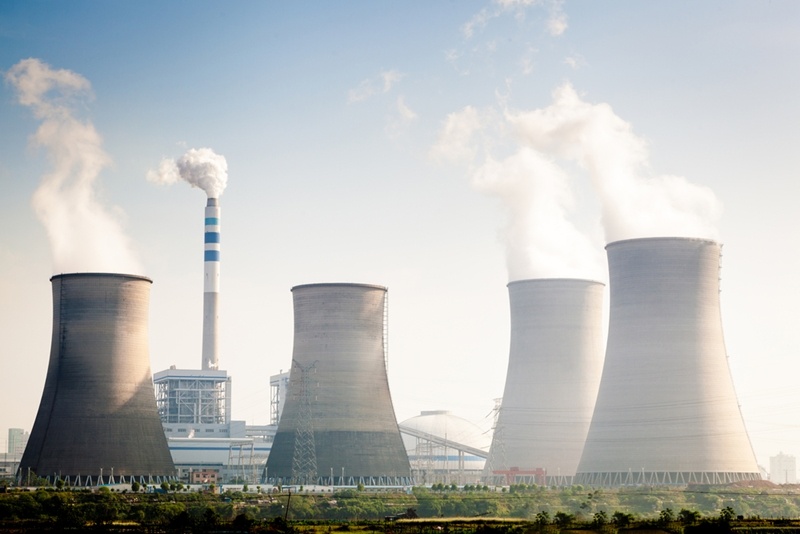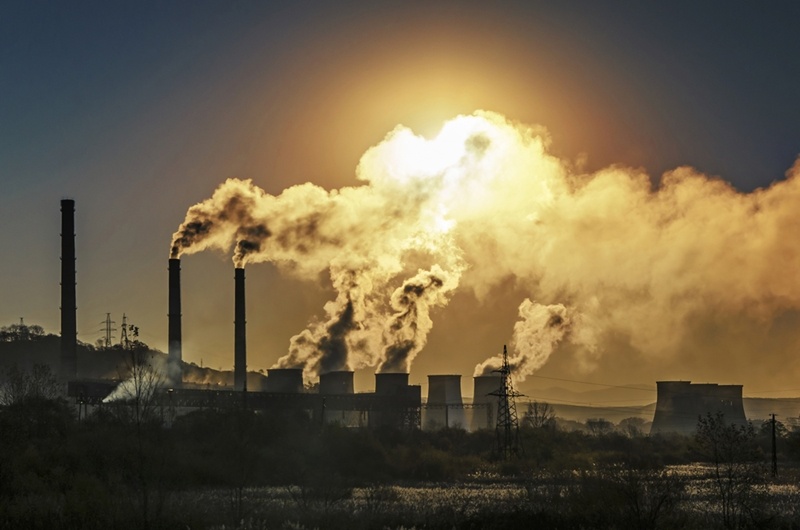How the government and generators deal with clean energy adoption together
Lawmakers and energy generators have reached something of an impasse. With clean energy regulation deadlines looming, power companies relying on carbon-emitting production have been officially put on notice. They must accommodate stricter emissions standards and oversight, often at their expense and subsequent dismay.
However, the federal government itself has plenty to contend with as well. Increased regulation brings with it increased accountability. Washington must provide these organizations with the proper resources and channels to help them succeed. In turn, generators and distribution networks must put forth the effort to curb pollution and bring about a new age in American energy.
Let's take a look at a couple of way both sides are holding up their end of the bargain.
"Nuclear reactors provide the stable, consistent baseline distribution renewable energies can't quite achieve yet."
Does shrinking nuclear power plants make them better for the environment?
Nuclear power has long been the topic of heated discussion, but the Obama administration believes it could be the saving grace clean energy initiatives need. Not only can nuclear reactors provide the stable, consistent baseline distribution renewable energies can't quite achieve yet, but they can do so without the emissions problems of competitive fuels like oil, gas and coal. However, with images of the disaster at Japan's Fukushima nuclear plant replaying in minds nationwide, the federal government must overcome a tarnished public reputation if it hopes to make its dreams a reality.
According to The Hill, the U.S. Department of energy will devote $452 million to help small-scale nuclear reactors receive proper licensing apart from their larger counterparts, having already approved a scalable pay system on a per-megawatt basis. Since small modular reactors only produce about a third of the power created by large-scale facilities, generators could construct SMR's at a fraction of the cost.
Additionally, smaller nuclear facilities, in theory, should be easier to manage, making them inherently safer than larger ones. Unfortunately, opponents to the government's invigorated interest in nuclear power don't necessarily agree. Organizations like the Union of Concerned Scientists believe that establishing a gradient for nuclear power facility size will inevitably leak into other aspects of operation, especially regulation. Moreover, according to the organization's website, several components SMR's tout over larger nuclear generators will actually increase cost without necessarily increasing safety. Because of these hidden costs, UCS worries standards laxity will become a bargaining chip as energy titans decide whether to take the federal government up on its offer.

Emission reduction and renewables on track, but what about temperature?
In response to federal emissions regulation, energy companies have begun restructuring their generation channels by turning toward renewables. A recent report released by the International Energy Agency revealed electricity created by renewable technology worldwide is poised to surpass coal by the year 2030. The U.S. goal of reducing carbon emissions by a quarter of 2005's baseline measurements and encouragement of renewable technology makes up a predominant chunk of this initiative, second only to Europe's goal of a 40 percent decrease.
While this figure is wholly contingent upon a large network of countries keeping their promises, as ambitious as they are, there's more at stake than just greenhouse gas reduction. The committee's report also indicates the rise global temperature by 2 degrees Celsius projected over the next few decades must be addressed as well. As it stands currently, the IEA believes there's a 50/50 chance the world will be able to mitigate that rise. Time will tell whether meeting carbon standards will be enough for the U.S. federal government or if energy companies have yet to see another round of stern, costly regulation over their industry.
This content is property of ESCO Advisors and all reproductions must reference and link back to the ESCO Advisors website.
Share this
You May Also Like
These Related Stories

Gigantic bill package opens up conversation about the future of American energy

Where does nuclear power fit into America's clean energy concerns?


